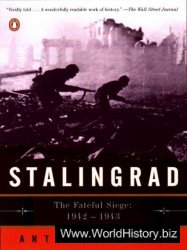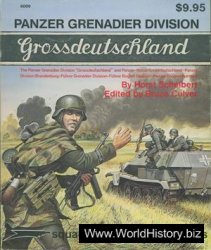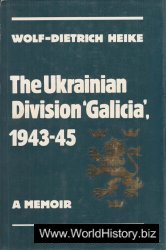In the confused fighting of 1941, as the advancing Germans encircled huge numbers of Soviet soldiers, panzergrenadiers were also involved in mopping up operations and protecting lines of communication. This was the fate of the
Groisdeulschland Division before it wenl into front-line action. In the forests of White Russia, the men of the Grossdeutschland Division were caught up in dense undergrowth as they moved forward to the front. This was warfare akin to the jungles of Burma and, again, proof of the flexibility of the panzergrenadier. The panzergrenadiers would have their nerves stretched to the limit as they moved through dense foliage with visibility down to a few metres. With the confused and fluid fighting in the first few months of the war, hundreds of thousands of Soviet soldiers were trapped behind German lines. Many took the opportunity to surrender; many others, however, resorted to partisan warfare or tried to break out east to reach their own lines. This led to an ongoing battle behind the lines in which panzergrenadiers fought small-scale actions at close quarters, often with knives and bayonets. Snipers were a continual problem as Grossdeutschland's panzergrenadiers attempted to clear wooded areas of trapped Soviet soldiers.
Pz Kpfw IV Ausf D
Crew: 5
Maximum road speed: 42 km/h (26mphJ Maximum range: 200km (125 miles)
Weight: 20 tonnes (19.7 tons)
Armament: One 75mm gun, two 7.92mm (O. Slin) MGs
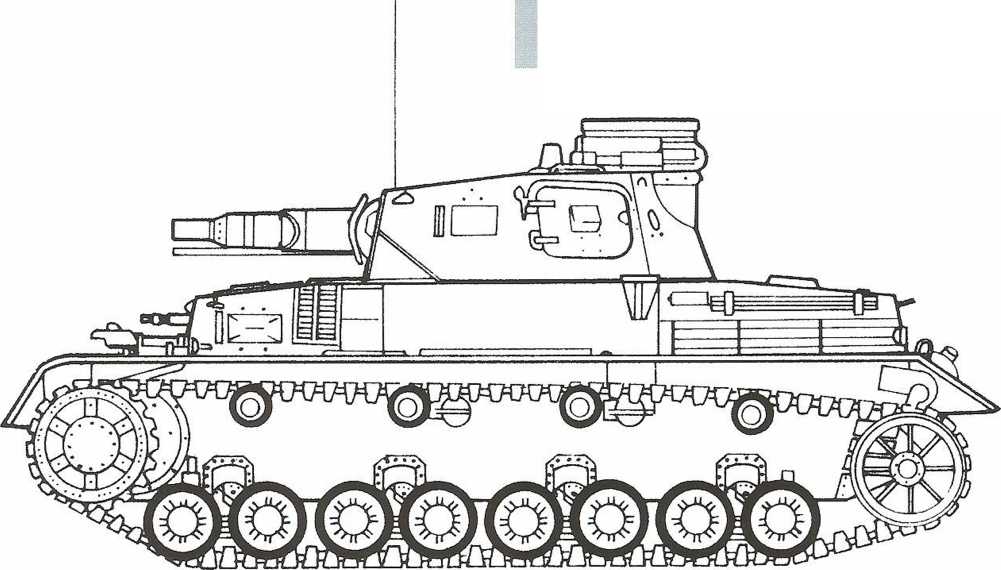
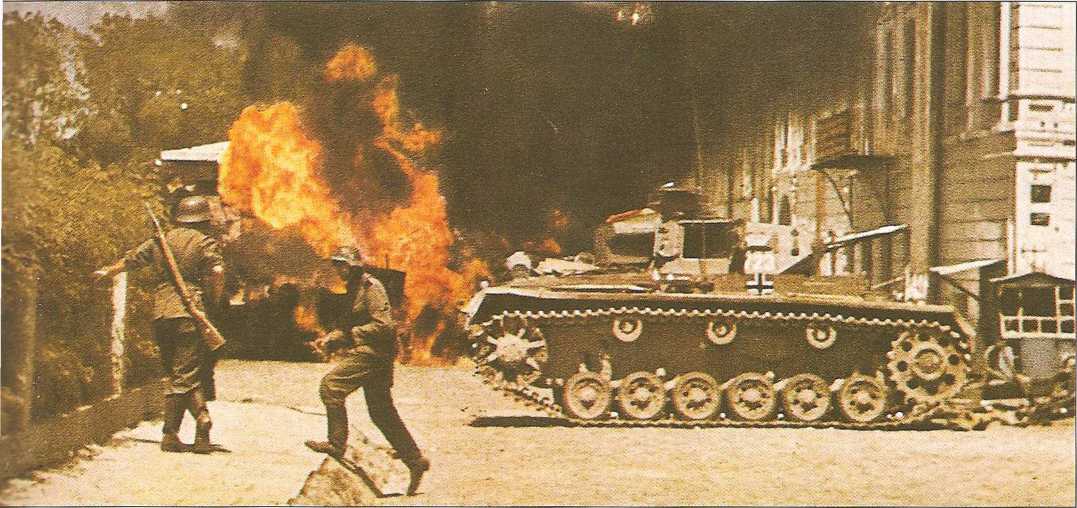
DDove: German troops watch as a vehicle burns near a Pz Kpfw III ank during the advance into Russia. Fighting in urban areas equired the panzergrenadiers to protect their armour closely, as anks proved vulnerable when fighting in towns or cities.
These behind-the-lines operations were not classic panzer-irenadier warfare, but were almost as important as the Tont-line duties of a panzergrenadier. The mopping-up operations exhausted panzergrenadiers as each incident ¦equired a patrol of tired soldiers to be sent out to try and lush out a sniper or an isolated band of Sodet infantry. The Tapped Sodets were particularly adept at night attacks: nfiltration would be followed by a shower of hand jrenades. The night attacks required alert sentry work and drew upon the reserves of already tired personnel.




 World History
World History